On Sale Today: Gods of Opar by Philip José Farmer and Christopher Paul Carey
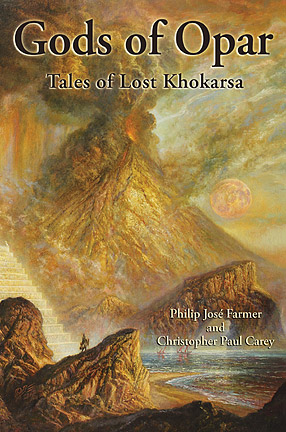 I love these Philip José Farmer collections from Subterranean Press. They’re gorgeous, for one thing, with wonderful Bob Eggleton covers and the top-notch design typical of Subterranean. They look great lined up on my bookshelf.
I love these Philip José Farmer collections from Subterranean Press. They’re gorgeous, for one thing, with wonderful Bob Eggleton covers and the top-notch design typical of Subterranean. They look great lined up on my bookshelf.
But they’re also a terrific and economical way to obtain some of Farmer’s best work, whether you’re interested in his short fiction — collected in Up the Bright River, Venus on the Half-Shell and Others, Pearls from Peoria, and the massive The Best of Philip Jose Farmer — or his linked novel series, such as The Other in the Mirror.
The latest offering from Subterranean Press is no exception, collecting two long out-of-print novels and the conclusion to the trilogy, co-written with Christopher Paul Carey, which appears here for the first time:
Gods of Opar: Tales of Lost Khokarsa collects for the first time anywhere Philip José Farmer’s epic Khokarsa cycle, including the never-before-published conclusion to the trilogy, The Song of Kwasin.
In Hadon of Ancient Opar, the young hero Hadon journeys from his outpost city to the heart of the ancient African empire of Khokarsa, battling in the Great Games for the chance to win the king’s crown. But just as Hadon stands upon the precipice of victory, the tyrannical King Minruth usurps the throne and overturns the beneficent, centuries-old rule of the priestesses of Kho. Now Hadon must set out upon a hero’s journey unlike any other—to hunt down a living god and return with his bounty. The saga continues in Flight to Opar, as a decree by the oracle hurtles Hadon upon a perilous quest that will determine the fate of the next twelve millennia. In The Song of Kwasin, Hadon’s herculean cousin returns to Khokarsa after long years of exile in the Wild Lands. But soon Kwasin finds that in order to clear his name he will have to take up the cause against King Minruth himself and stop him before he fulfills his mad quest for immortality high atop the sun god’s bloody ziggurat.
Gods of Opar is 576 pages in hardcover. The trade edition is $45; there’s also a $65 Limited Edition with loads of additional content, including The Song of Kwasin Outline, a Khokarsan Glossary and Calendar, and more. You can find complete details at the Subterranean Press website.
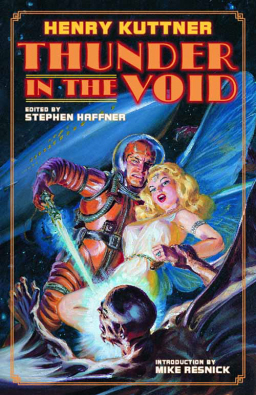
 Back in 2004, a friend and I decided to
Back in 2004, a friend and I decided to 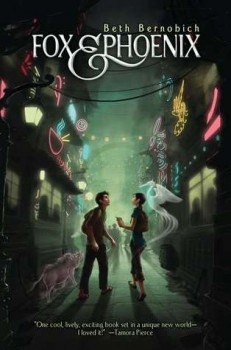 Fox and Phoenix
Fox and Phoenix No series on the best of modern Arabian fantasy would be complete without going back to the book that many credit with starting the whole trend, Alamut by Judith Tarr.
No series on the best of modern Arabian fantasy would be complete without going back to the book that many credit with starting the whole trend, Alamut by Judith Tarr.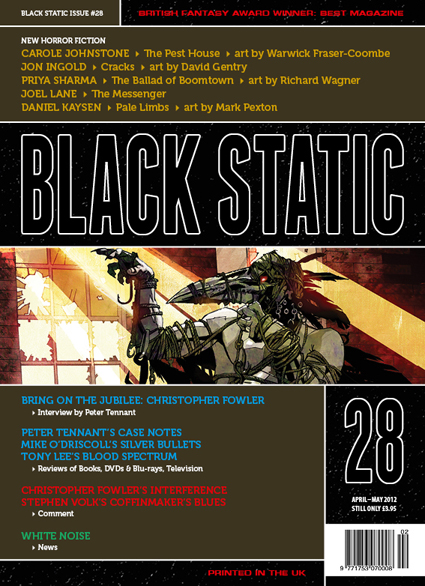 The April-May
The April-May 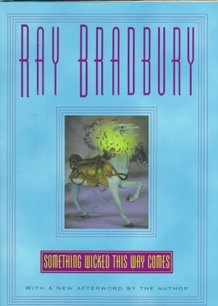 as a young boy.
as a young boy.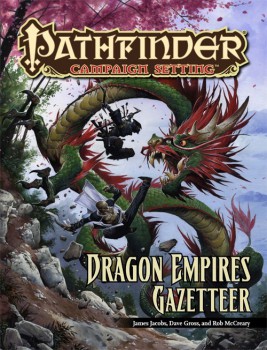
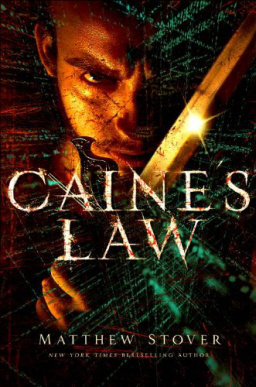
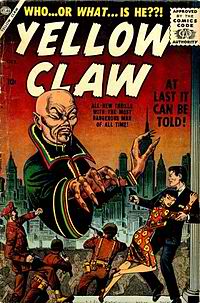
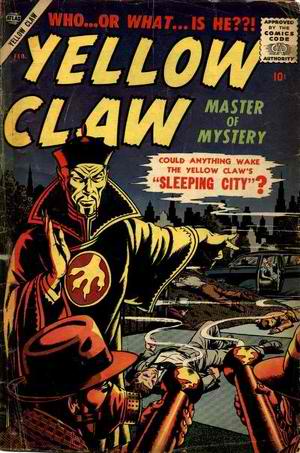
 In 2045 we will reach Event Horizon, aka the Singularity. In that year we will transcend biology and our bodies will meld with machines. “There will be no distinction, post-Singularity, between human and machine or between physical and virtual reality,” predicts author Ray Kurzweil in his 2005 treatise The Singularity is Near.
In 2045 we will reach Event Horizon, aka the Singularity. In that year we will transcend biology and our bodies will meld with machines. “There will be no distinction, post-Singularity, between human and machine or between physical and virtual reality,” predicts author Ray Kurzweil in his 2005 treatise The Singularity is Near.